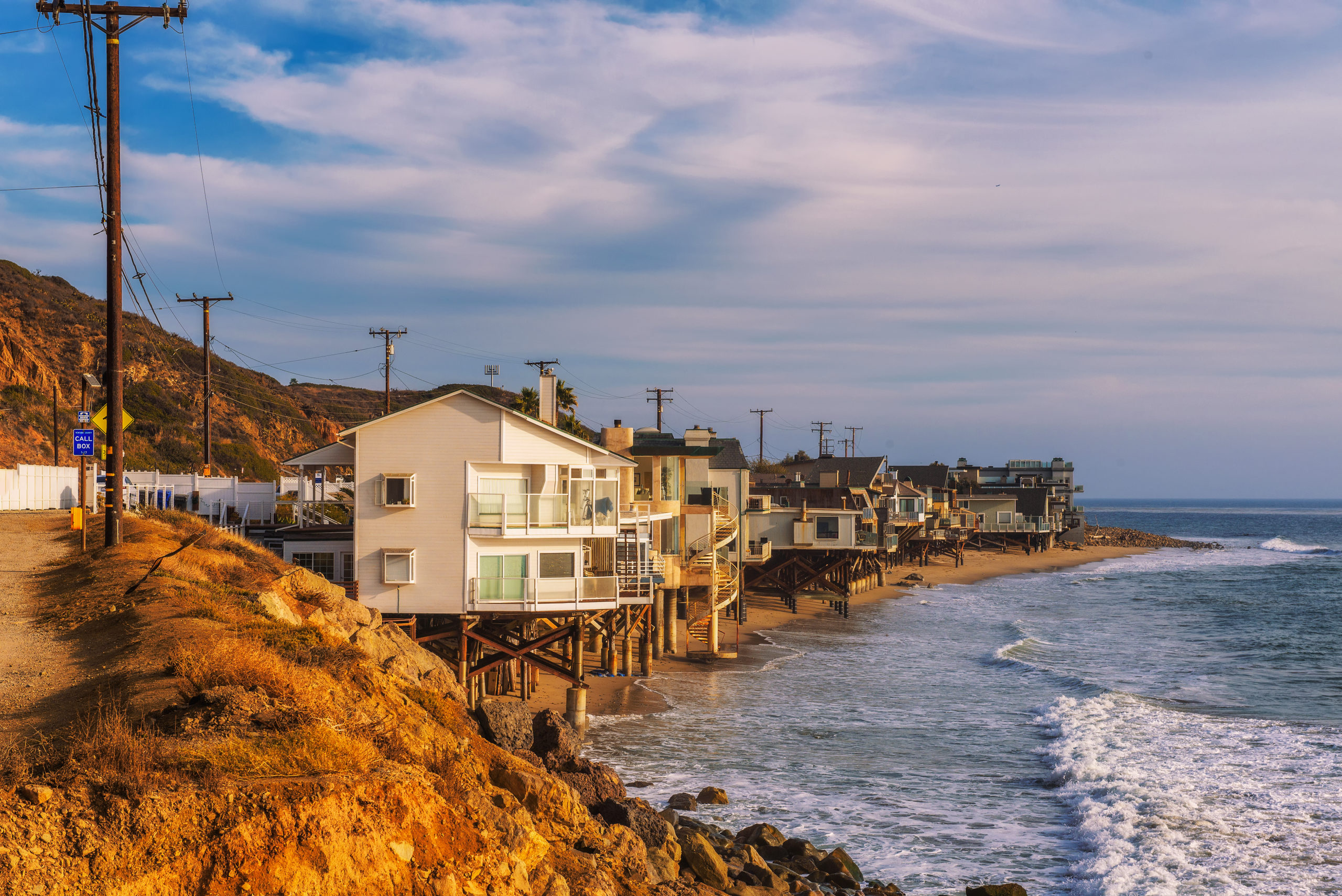New federal flood insurance rates are taking effect this month, which means a surge in insurance premiums for some.
According to federal officials, the price hikes will better reflect flooding and climate change risks under their Risk Rating 2.0.
Most homeowners will see modest increases in addition to what they already pay, starting around $120 per year, while some will see their insurance costs decrease, according to reports.
However, wealthy customers with high-value homes will see their costs skyrocket by as much as $14,400 for one year. About 3,200 property owners fall in that category, mainly in Florida, Texas, New Jersey, and New York, according to The Washington Post.
“Subsidized insurance has been critical for supporting coastal real estate markets,” Benjamin Keys, a professor at the University of Pennsylvania’s Wharton School, told The New York Times.
Keys said removing that subsidy will likely impact where Americans build houses and how much people will pay for them. “It’s going to require a major rethink about coastal living,” Keys said.
Phased Rollout
Any new National Flood Insurance Program (NFIP) policies issued with an effective date of Oct. 1, 2021, will fall under the new rating methodology. Additionally, existing policyholders eligible for renewal can take advantage of decreased rates starting in October.
The remaining NFIP policies renewing on or after April 1, 2022, will use Risk Rating 2.0 pricing. Premium increases will be capped at 18% a year and will increase until the new full flood insurance rate is reached, according to FEMA.
An additional 2 million homes across the country, including homes in inland states such as Iowa and Missouri, will fall into the risk group within 30 years, according to First Street Foundation, a group that helped develop the new flood-risk rating.
“It doesn’t matter if you believe in climate change; your insurance company does,” Nick VinZant, senior research analyst for QuoteWizard, told The Washington Post. “The realities of that are going to be reflected moving forward.”
Flooding is the most common natural disaster in the U.S., according to reports.
Learn more about the National Flood Insurance Program at floodsmart.gov.
Read more about the new pricing methodology called Risk Rating 2.0.


